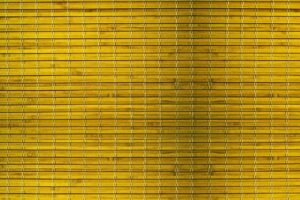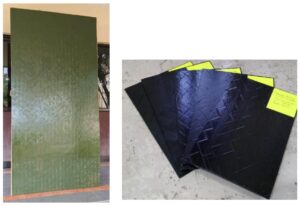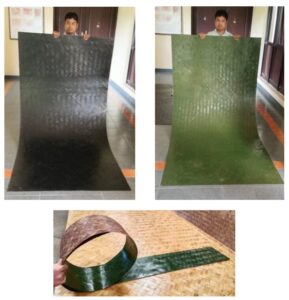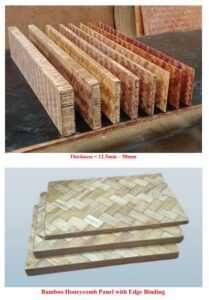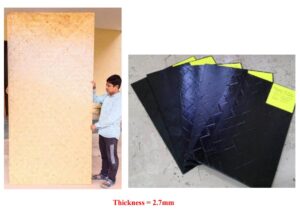1. Introduction
Bamboo mat board production is a sustainable and profitable business that involves processing bamboo mats into durable boards used in furniture, construction, and interior decoration. Bamboo mat boards serve as an eco-friendly alternative to plywood and MDF boards, offering strength, flexibility, and cost-effectiveness. This project aims to establish a bamboo mat board manufacturing unit to cater to the increasing demand for sustainable building materials.
2. Objectives
- To set up a production facility for high-quality bamboo mat boards.
- To promote the use of eco-friendly and sustainable materials in construction.
- To generate employment opportunities and contribute to rural development.
- To cater to both domestic and international markets.
3. Market Analysis
3.1 Demand Analysis
- Growing demand in the construction and furniture industries.
- Increasing preference for sustainable and eco-friendly materials.
- Government initiatives promoting bamboo-based industries.
- Potential export market in Europe, North America, and Southeast Asia.
3.2 Target Market
- Construction and interior design companies.
- Furniture manufacturers.
- Exporters of sustainable building materials.
- Government and institutional buyers for eco-friendly projects.
4. Land, Machinery & Costing
4.1 Land & Infrastructure
| Item | Quantity | Cost per unit (INR) | Total Cost (INR) |
|---|---|---|---|
| Land (3 acres) | |||
| Factory Building & Storage | |||
| Machinery & Equipment | |||
| Office & Utilities | |||
| Total | – | – |
4.2 Raw Materials & Production Costs
| Item | Quantity | Cost per unit (INR) | Total Cost (INR) |
|---|---|---|---|
| Raw Bamboo | |||
| Adhesives & Resins | – | – | |
| Chemicals & Treatment | – | – | |
| Labor (20 workers) | |||
| Miscellaneous | – | – | |
| Total | – | – |
4.3 Production Process
- Harvesting & Selection – Selection of mature bamboo poles for processing.
- Splitting & Mat Formation – Splitting bamboo into strips and weaving mats.
- Resin Treatment & Drying – Applying adhesives and drying under controlled conditions.
- Pressing & Laminating – Hot pressing to form durable boards.
- Cutting & Finishing – Trimming, sanding, and polishing for final products.
- Quality Check & Packaging – Ensuring quality standards before dispatch.
5. Financial Analysis
5.1 Cost Estimation
Fixed Costs
| Expense | Cost (INR) |
|---|---|
| Land & Infrastructure | |
| Machinery & Equipment | |
| Factory Setup & Utilities | |
| Total Fixed Costs |
Variable Costs (Per Year)
| Expense | Cost (INR) |
|---|---|
| Raw Materials | |
| Adhesives & Resins | |
| Labor | |
| Utilities & Maintenance | |
| Marketing & Distribution | |
| Total Variable Costs |
5.2 Revenue & Profit Analysis
| Parameter | Value |
|---|---|
| Selling Price of Bamboo Mat Boards (Per Unit) | |
| Production Capacity (Per Year) | |
| Revenue from Mat Boards | |
| Annual Cost (Fixed + Variable) | |
| Profit (From Second Year Onwards) |
6. Break-Even Analysis
- Fixed Costs:
- Profit Per Year (After First Year):
- Break-even Point =
7. Sustainability & Environmental Impact
- Waste Utilization: Bamboo waste can be repurposed for biomass energy or compost.
- Eco-friendly Processing: Using non-toxic adhesives and sustainable harvesting practices.
- Sustainable Forestry: Encouraging bamboo plantation to maintain supply and ecological balance.
- Carbon Footprint Reduction: Promoting bamboo as a substitute for deforestation-driven materials.
8. Challenges & Mitigation Strategies
| Challenge | Mitigation Strategy |
|---|---|
| Raw Material Supply | Establish contract farming with local bamboo growers |
| Market Competition | Develop branding, certifications, and quality differentiation |
| Initial High Investment | Seek government subsidies and private funding |
| Product Awareness | Implement targeted marketing campaigns and partnerships |
